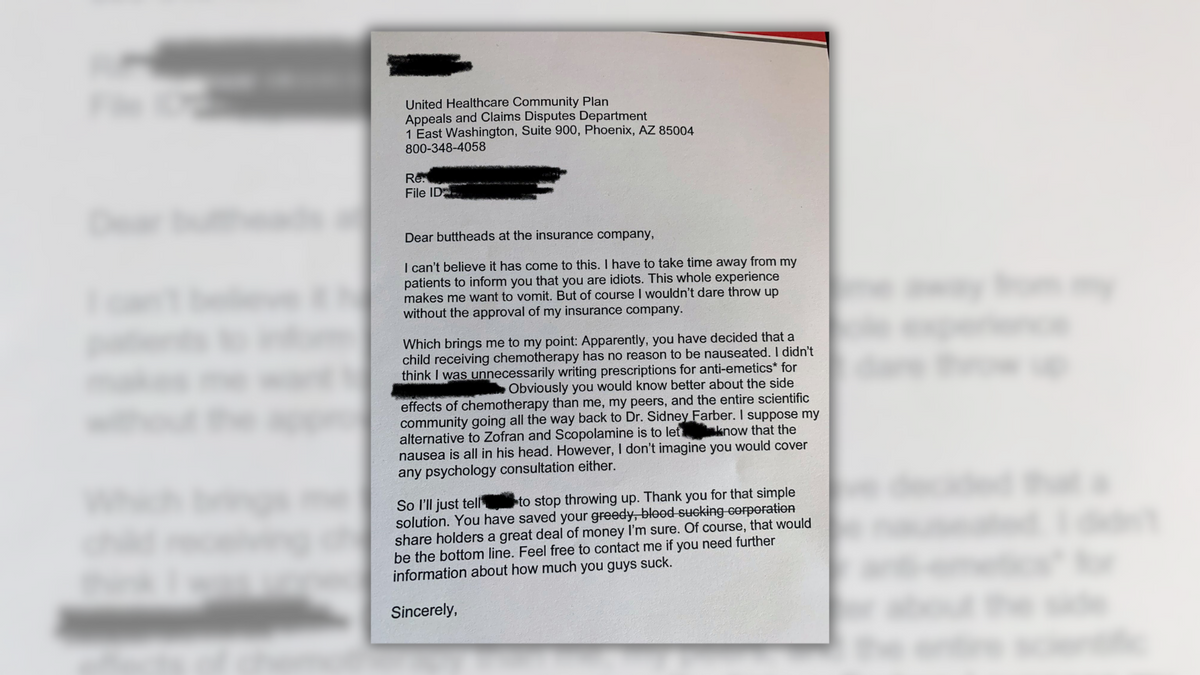Hospital backlogs in pediatric care could affect children’s health for the rest of their lives
A surgery is performed in the operating room at Toronto’s Hospital for Sick Children on Nov. 30, 2022.Chris Young/The Canadian Press
Two-thirds of pediatric patients in need of surgery at two of Ontario’s largest children’s hospitals are being forced to wait beyond the recommended window as a result of backlogs and inadequate resources, putting them at risk for lifelong complications and setbacks.
At Toronto’s Hospital for Sick Children, the surgical wait list soared to 6,509 last week, the longest it has ever been. Sixty-seven per cent of those on the list have been waiting beyond the recommended window for surgery, which can lead to deteriorating health and make the eventual surgery riskier.
“It’s hard to overstate the gravity of the situation and the difficulty for children to access surgical care,” said Simon Kelley, the associate chief of perioperative services, clinical and ambulatory, at SickKids. “That used to be a never event. We never used to have kids waiting that long.”
At McMaster Children’s Hospital in Hamilton, about 2,300 pediatric patients are waiting for surgery, with two-thirds already outside the recommended window. Hospital president Bruce Squires said those figures are “the tip of the iceberg,” as another 2,000 kids are waiting to have their first appointment with an ear, nose and throat surgeon just to get on a surgical wait list.
Mr. Squires said the massive delays in timely access to health care represent a “tragic loss.”
“There are intervention windows that are critical in a child’s development. If you recognize early and put in place the interventions that we know work, then you can minimize the long-term impact or even the short-term and the medium-term,” he said.
For instance, when children are forced to wait years for spinal surgery, their spines become more crooked, which makes the surgery more complicated and increases the risk. Those patients are also more likely to miss important developmental milestones, Dr. Kelley said.
The situation is just as dire in other parts of the country. Dafydd Davies, a pediatric and thoracic surgeon and chief of the department of surgery at the IWK Health Centre in Halifax, said there are 2,500 pediatric patients waiting for surgery at his hospital and that 30 to 40 per cent are beyond the recommended window.
But it’s not just surgery backlogs causing delays in timely care for children and adolescents. Pediatric facilities across Canada say they are grappling with a variety of challenges, including years-long waits for developmental assessments, used to diagnose autism, ADHD, fetal alcohol spectrum disorders and other conditions, and excessive delays in accessing specialty clinics, diagnostic scans and mental health services.
Carrie Dornstauder, the executive director of the maternal and children’s provincial programs for the Saskatchewan Health Authority, said the wait list for pediatric subspecialty care, such as respirology or gastroenterology, ranges from two to four years. While the most urgent cases are seen on a priority basis, the current state of the system means many children are left to wait too long, she said.
“Child health indicators have a very defined window of time. We need to address those,” she said.
At CHEO in Ottawa, there are almost 36,000 patients waiting to be seen at the hospital’s more than 70 medical specialty clinics, and about two-thirds of those are beyond the recommended window for care. The clinics with the biggest wait lists include ophthalmology, neurology and urology. The hospital has another 4,500 patients waiting for diagnostic imaging, with 56 per cent waiting longer than recommended. Some 2,180 are waiting for surgery, 44 per cent of them beyond the recommended window.
“We’re talking about pediatric health interventions that can change the trajectory of an entire life,” said Alex Munter, the president and CEO of CHEO. “So that’s why we feel an enormous sense of urgency about it.”
According to Children’s Healthcare Canada, pediatric facilities have been grappling with these issues for years because they haven’t had the proper funding to meet the needs of patients, said Emily Gruenwoldt, the advocacy association’s president and CEO.
Dr. Kelley said the SickKids surgical wait list demonstrates why pediatric facilities need more resources. The hospital performs about 12,000 surgeries every year and was able to maintain that number throughout much of the pandemic. But the backlog is growing because the hospital isn’t able to scale up to meet the needs of patients in a more timely way.
“We are at full capacity, yet the wait list is still rising,” Dr. Kelley said. “What we need is a significant increase in resources to be able to bring the wait list down.”
McMaster’s wait times to see a developmental pediatrician, who can assess patients for autism, fetal alcohol spectrum disorders and other neurodevelopmental conditions, are also bleak. Those pediatricians can see about 750 new patients a year, and about 2,000 are on the wait list, which means that every year another 1,250 names go on the list.
“It’s building and building and building and getting worse and worse,” Mr. Squires said.
Earlier this year, the federal government promised $2-billion to address the crisis in children’s health care, but so far only Ontario and Nova Scotia have committed to spend those funds on the pediatric system, said Ms. Gruenwoldt. But more money and resources are needed to address the problems facing the pediatric health care system over the long term, she said.
Children’s Healthcare Canada is pushing the federal government to create a position dedicated to overseeing children’s health across the country. Ms. Gruenwoldt said the system needs a leader with national oversight who can address the ongoing problems and ensure solutions get implemented.
“We need to wrap our arms around how we deliver more accessible care,” she said. “We need to set some targets, timelines and goals.”
link






